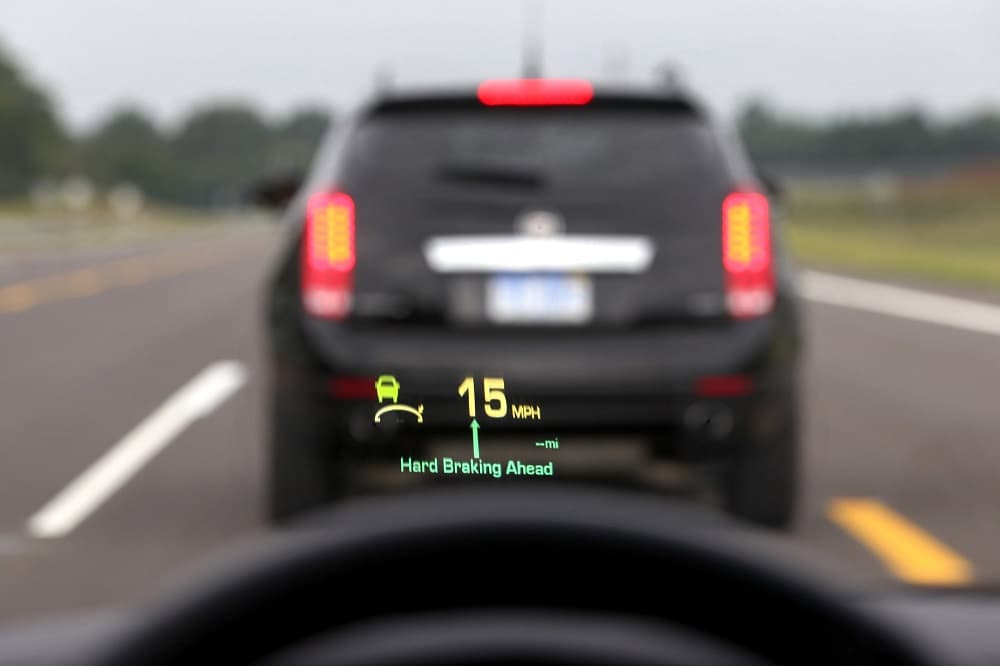Advertisement
The Almost Self-Driving Car Is Here
ResumeCars that brake, steer, drive and see in the dark. The almost self-driving car is already here. Car Talk's Ray Magliozzi joins us to kick those tires.

Everybody talks about the future of self-driving cars, but the reality of almost self-driving cars is already here. In our laps. On the road. Lots of cars — and not just fancy Teslas — are now rolling out with an array of semi-autonomous powers that almost do the driving. They've got cameras and radar sensors and night vision. They'll steer you, keep you in your lane, brake for you, park for you, look out for you. This hour On Point, Car Talk's Ray Magliozzi and more on the almost self-driving car is here.
-- Tom Ashbrook
Guests
Ray Magliozzi, host of NPR's The Best of Car Talk.
John Stoll, Detroit bureau chief and global automotive editor for The Wall Street Journal. (@johndstoll)
Mary Cummings, director of the Humans and Autonomy Lab at Duke University and professor of mechanical, electrical and computer engineering. (@missy_cummings)
From Tom’s Reading List
Wall Street Journal: Car makers test technology to make you pay attention to the road -- "Major auto makers are testing driver-monitoring systems that determine if a driver is too tired or distracted to drive safely, and the first such systems could be available next year. Such artificial intelligence systems that watch drivers and evaluate their fitness behind the wheel are designed in part to compensate for the auto industry’s embrace of Internet-connected entertainment automation technologies that researchers say contribute to distracted driving."
Detroit Free Press: Google exec: everyone soon will demand car connectivity -- "Automakers, which have been competing for a decade to develop navigation and communication systems, now recognize that in addition to the technology in the car, many consumers want to connect and use their phone with their car in a simple and safe way."
Minneapolis Star Tribune: New car technology arrives -- "Some of the options on Carlson’s new car are frills or fancy extras (the Teen Driver feature is exclusive to the new Malibu; OnStar and Wi-Fi are subscription-based) that pushed the $27,770 base price for the Malibu Hybrid up to a $36,550 sticker price. More common, though, are the advanced safety technologies that help cars avoid collisions. Using cameras, lasers or radar, they detect potential problems and alert drivers, even triggering brakes or steering when needed."
This program aired on April 15, 2016.